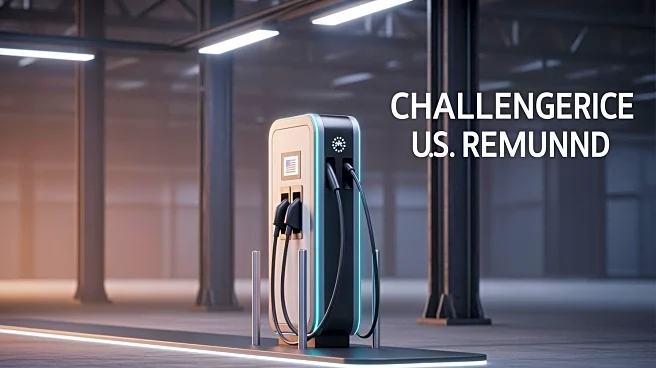What's Happening?
The global self-healing materials market is expected to grow significantly, reaching $14.60 billion by 2033, according to DataM Intelligence. This growth, at a compound annual growth rate (CAGR) of 21.1%,
is driven by increasing demand from the construction, automotive, and electronics industries. Self-healing materials, which can autonomously repair damage, are gaining traction for their durability and sustainability. The Asia Pacific region currently leads the market, with significant contributions from infrastructure development and automotive production.
Why It's Important?
The expansion of the self-healing materials market highlights a shift towards sustainable and resilient materials in various industries. This growth is crucial for sectors like construction and automotive, where maintenance costs and longevity are significant concerns. The adoption of self-healing materials can lead to reduced maintenance costs and extended product lifespans, offering economic and environmental benefits. Companies investing in these technologies may gain a competitive edge as industries increasingly prioritize sustainability.
What's Next?
The market is expected to see further innovation, particularly in reversible polymers and microencapsulation technologies. These advancements could open new applications in electronics and medical devices. As the market grows, companies will likely increase R&D investments to enhance material performance and reduce costs. The continued focus on sustainability and smart materials will drive further adoption across industries, potentially leading to new regulatory standards and industry practices.











